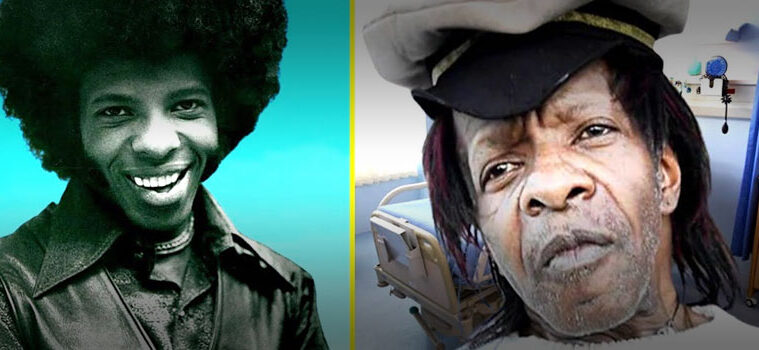STILL ALIVE! –
Oct. 6, 2023 – In fairness, this couldn’t have come as news. It was, he says, the fourth time in recent years he had been taken to hospital in an ambulance, suffering from breathing difficulties: the most recent had occurred a mere two weeks prior to his meeting with the doctors. On each previous occasion, a doctor had presented him with the same ultimatum, which Stone had declined to believe, discharging himself from the hospital against their orders, going home and calling one of his many dealers, even if it took him an hour to struggle from his room to the hospital car park. After all, he was the legendary Sly Stone, and at least part of his legend rested on his disinclination to do anything he didn’t want to do.
At the height of his success, in the years immediately after he more or less single-handedly changed the face of soul – the release of 1967’s Dance to the Music ushered in the psychedelic soul era, causing a raft of major Black artists to alter their approach in his wake and even had the mighty Motown scrambling to keep up with his innovations – he was almost as famous, or infamous, for his my-way-or-the-highway approach as he was for his music. He would cancel gigs at the last moment if he didn’t think the equipment was up to standard or felt the vibe wasn’t right. He delivered his label not the album they had anticipated and had begun to advertise – called The Incredible and Unpredictable Sly and the Family Stone – but 1971’s bleak, murky, experimental There’s a Riot Goin’ On. This was music for an era when, as Stone put it “the possibility of possibility was leaking out and leaving America feeling drained”, its sound muffled and laden with hiss. Stone had reportedly recorded and re-recorded so many times the tape was nearly transparent.



